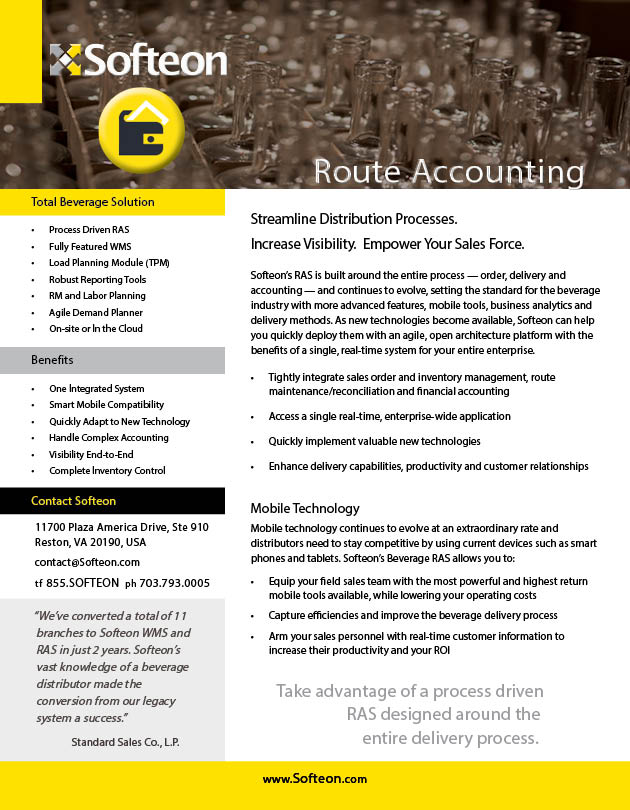The Softeon team is back from a very successful ProMat show in Chicago two weeks ago. During the show, we spoke with dozens of companies potentially interested in our supply chain software solutions, notably WMS and distributed order management (DOM).
As we did last year at MHI’s other trade show, MODEX, again this year Softeon featured an in-booth presentation at the ProMat show. The topic this year: “Next-Generation WMS.”
That’s actually a big topic for a 12-minute stand-up booth presentation, but I think we did a good job boiling it down to the key points. Attendees seemed very interested in what we had to say.
I will summarize that here, in a two-part blog post.
Point one is that the overall WMS market landscape has changed dramatically over the past 10 years. For most vendors, including Softeon, WMS can no longer really be considered so much as a standalone solution, but rather as a key part of an integrated suite of supply chain software.
In Softeon’s case, that suite also includes labor and resource management, transportation management, inventory management tools, DOM, 3PL billing, route accounting, direct store delivery software, a new “Plan2Fulfill” solution and more.
The rise of these software suites is of course a good thing – a company has a wider range of modules to consider, which in Softeon’s case work seamlessly together. That’s because they have been developed with a service-oriented architecture (SOA) foundation, and built on a single integrated data model across the products.
But the rise of these suites, to an extent, complicates the WMS selection process for several reasons.
Companies, for example, must decide when looking for a WMS solution whether they are buying a product or instead a platform that will build out over time.
Relatedly then, companies must determine for a selection process which modules or capabilities are really “in scope” – I can say from experience companies often don’t put enough focus on making that important decision.
When it comes to demos and evaluation, a company today is likely to need to look at more components than the WMS, and evaluate not only these other solutions components (on a standalone basis), but how well they really do work together. In some cases, that integration can create a 1+1 = 3 type of scenario.
That means the evaluation process is likely to take longer with more demos days than a WMS selection might have required in the past. You should plan for that.
Usually you need to add to this a plan with some type of phased rollout over time – for example, an LMS is usually implement 6-12 months after the WMS deployment – and as I wrote upfront, it makes the whole process a bit more complicated.
The gain from that pain can be a powerful, integrated set of solutions that can take logistics and supply chain performance to new levels versus WMS alone. I will add here that not all supply chain suites are built the same. For example, few if any can match the SOA foundation or the single data model that Softeon brings to the table. The depth of functionality in each module in the suite varies across vendors – sometime substantially.
Softeon encourages you to dig deep to uncover those differences – we believe we will fare well from an in-depth evaluation.
But back to WMS itself; at ProMat we did identify a number of advanced capabilities that we think will define next-generation solutions. I’ll be back with those attributes in part 2 of this blog post.

